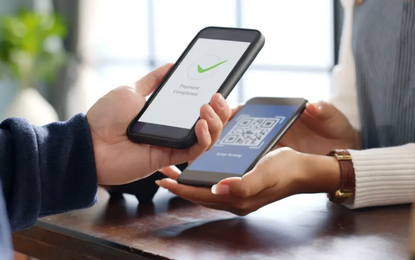

With the growth of online shopping, it’s necessary to improve the security of transactions and speed up purchases with a system that’s 100% digital
The pandemic and the massification of new payment technologies have encouraged the transformation of traditional products into digital ones. One example is the rising number of virtual cards that provide greater security, convenience, and control of expenses.
During the COVID-19 crisis, four out of 10 people opened a bank account in Latin America, and of these, 60% did so online, reflecting the growth of new financial channels.
In this context, a virtual card allows traditional banks to transform their products, get closer to the user and speed up response times to improve the user experience.
In order to deliver a virtual card, it’s necessary to have a user identification process. This requires onboarding that's fully digital and one that the bank is able to achieve legally and technologically.
The ease and speed of this process will determine the route to winning the new’s customer loyalty. At the same time, you must consider and comply with all the regulations for approving know your customer (KYC) processes, such as those related to the prevention of money laundering and identity theft.
Security is essential for users and, therefore, creates an opportunity for banks to gain the trust of their customers.
For this reason, the bank must look at tools that give greater strength to virtual card operations: dynamic card verification value (CVV), single-use passwords and a friendly and functional app, in addition to its coexistence with physical cards without numbering.
Dynamic CVVs are more secure than the fixed CVVs printed on traditional cards since the former are constantly renewed and aren’t easily captured.
This allows the use of physical cards without numbering. The objective is similar to the previous one: denying third parties access to identification numbers, as they could be used to make fraudulent purchases over the Internet or in other ways.
It’s also necessary to develop an application that offers a friendly and intuitive user experience with reduced risk of fraud, taking advantage of biometrics for authentication and approval of bank transactions.
Each time customers want to use their digital card for an online purchase, they must go into the application and after biometric recognition, reveal their virtual card numbers in addition to the dynamic CVV code, and secure the transaction by entering a unique password that the bank sends to the user.
All this makes for an agile and practical procedure.
Digital card approval and issuance is the enemy of bureaucracy and bank branch visits. With the customer's needs in mind, financial institutions must make it possible for them to start shopping immediately after completing the digital onboarding process.
According to Statista, e-commerce sales in Latin America could reach US$160 billion by 2025, an increase of 88% compared to 2020. These numbers confirm the general feeling that new generations prefer digital alternatives.
Digital issuance saves several business days that were previously needed for the delivery of the traditional card to the customer’s home and its subsequent activation.
Furthermore, navigation within the app must provide a fast and seamless user experience (UX): for example, allowing virtual digits to be copied with just a few clicks, and the automatic recognition of the code sent by the bank.
Another advantage of the digital card is that it registers the transactions made by the user in the app. In this way, account movements are recorded and can be converted into graphs of outgoings and income, allowing the client to see and recognize their transactions and establish financial goals.
Therefore, the user can limit the amounts being spent on the card or by direct debit payments. In other words, the app can become a personal finance manager (PFM).
In short, the benefits of security, speed of delivery and use, and the ability to help customers organize their personal finances all converge in the digital "plastic" and expand the range of solutions offered by banks to their users.
Join our online community and stay up to date with the latest news from the world of technology.